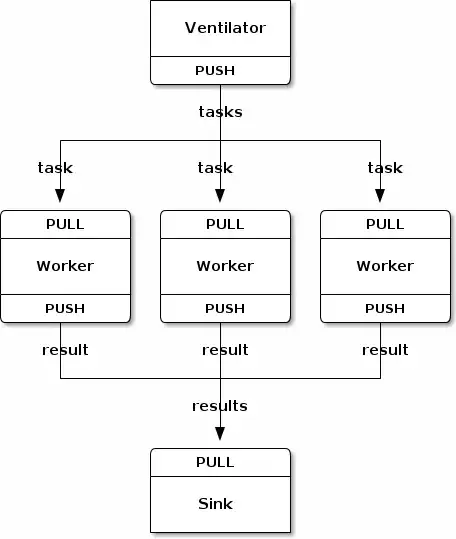I have developed a distributed test automation system which consists of two different entities. One entity is responsible for triggering tests runs and monitoring/displaying their progress. The other is responsible for carrying out tests on that host. Both of these entities retrieve data from a central DB.
Now, my first thought is that this is clearly a server-client architecture. After all, you have exactly one organizing entity and many entities that communicate with said entity.
However, while the supposed clients to communicate to the server via RPC, they are not actually requesting services or information, rather they are simply reporting back test progress, in fact, once the test run has been triggered they can complete their tasks without connection to the server. The request for a service is actually made by the supposed server which triggers the clients to carry out tests.
So would this still be considered a server-client architecture or is this something different?
